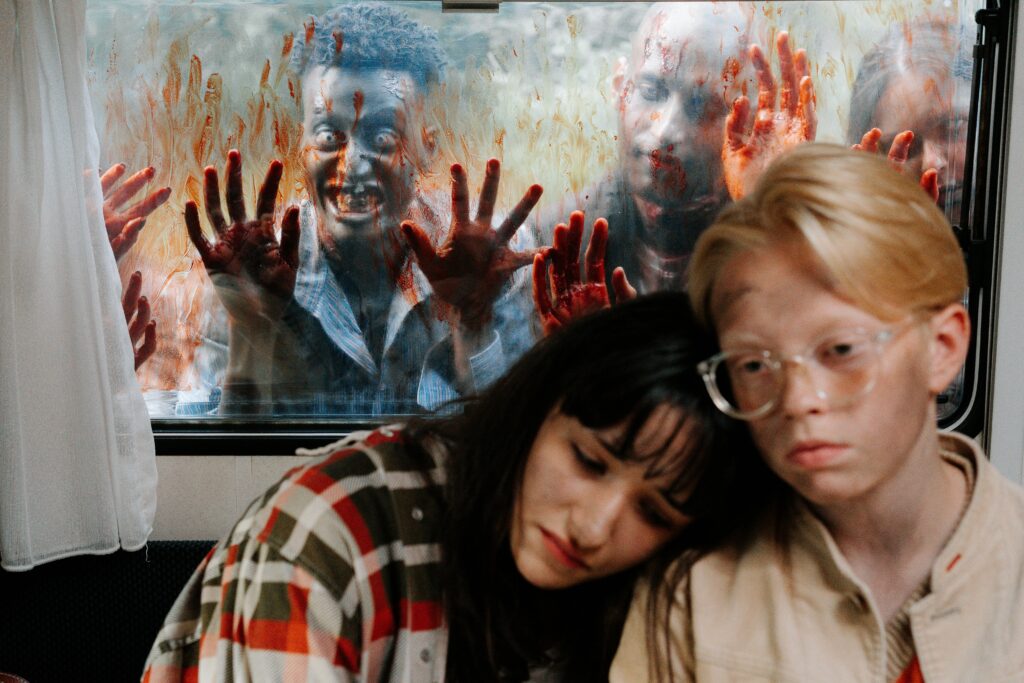Zombies have lurched, shuffled, and sprinted their way through popular culture for nearly a century. From their roots in folklore and horror literature to modern blockbusters and video games, these undead icons have captured our collective imagination. What makes zombies so fascinating is their versatility: they can be terrifying, satirical, tragic, or even humorous. In every form, they reflect society’s fears — from pandemics to the loss of individuality.
In this article, we’ll dive into the top 10 zombies who have left an unforgettable mark on pop culture, shaping how we see the undead today.
1. The Original Zombie — White Zombie (1932)
Often cited as the first feature-length zombie film, White Zombie introduced audiences to the concept of the walking dead on screen. While rooted in Haitian folklore rather than brain-eating monsters, its influence set the stage for the countless zombie stories that would follow. Bela Lugosi’s eerie performance as the voodoo master cemented the zombie as a figure of supernatural dread.
2. The Ghouls of Night of the Living Dead (1968)
George A. Romero revolutionized the zombie genre with this black-and-white classic. Though never explicitly called zombies in the film, Romero’s flesh-eating ghouls redefined the trope. Their relentless hunger and social commentary on race and class made the movie a cultural milestone. These zombies became the blueprint for nearly every modern depiction that followed.
Read more about Romero’s impact on horror at BBC Culture.
3. Bub — Day of the Dead (1985)
One of Romero’s most memorable creations, Bub is a zombie who retains fragments of his humanity. In Day of the Dead, he shows signs of memory, emotion, and even obedience. Bub’s existence raised profound questions: could zombies evolve? Could they be more than mindless monsters? His portrayal gave depth to the genre, adding tragedy to terror.
4. The Horde in World War Z
Max Brooks’ novel World War Z — and the film adaptation — gave us a vision of zombies as a global crisis. Unlike the slow-moving undead of the past, these zombies swarmed with terrifying speed, overwhelming entire cities. The “horde” became a symbol of unstoppable, collective destruction, resonating with modern fears of pandemics and societal collapse.
5. R — Warm Bodies (2013)
In a surprising twist, Warm Bodies turned a zombie into a romantic lead. R, a zombie who begins to regain his humanity through love, gave audiences a more hopeful spin on the genre. His character reminded us that even in the bleakest of circumstances, the possibility of redemption exists.
6. Tarman — The Return of the Living Dead (1985)
Few zombies are as visually iconic as Tarman. With his grotesque, melting appearance and his craving for “braaains,” Tarman became a cult favorite. He embodied both horror and dark comedy, perfectly capturing the campy, satirical tone of the film.
7. The Zombies of The Walking Dead
The long-running comic book and television series brought zombies back into mainstream popularity in the 2000s. Known as “walkers,” these undead became central to stories not just of survival, but of human morality, leadership, and community. The series proved that zombies could be more than background threats — they could fuel complex, character-driven storytelling.
Check out more on The Walking Dead at AMC’s official site.
8. Edward and the Zombie Family — Fido (2006)
Fido offered a darkly comedic take on the undead. Set in an alternate 1950s, it portrayed zombies as domesticated servants. Edward, the lovable zombie “pet,” challenged the perception of zombies as monsters. The film explored themes of control, fear, and prejudice, all while delivering laughs.
9. The Fast Zombies — 28 Days Later (2002)
Danny Boyle’s 28 Days Later shocked audiences with its depiction of zombies that didn’t shuffle — they sprinted. Fueled by the “Rage” virus, these creatures weren’t technically undead, but their ferocity and relentless aggression redefined what a zombie could be. Their influence can still be seen in countless modern horror films and video games.
10. Michael Jackson in Thriller (1983)
Not all zombies are meant to terrify. Michael Jackson’s Thriller music video remains one of the most iconic pop culture moments ever. With groundbreaking choreography and makeup, Jackson transformed into a dancing zombie, turning horror into art. To this day, the video is celebrated globally as a fusion of music, film, and undead spectacle.
From shambling ghouls to sprinting monsters, from tragic figures to musical legends, zombies have proven their lasting impact on pop culture. Each incarnation reflects the fears, hopes, and creativity of its era. Whether they horrify us, amuse us, or even make us root for them, zombies continue to evolve — and with them, so does our fascination.
One thing is certain: as long as stories are told, the undead will keep rising
